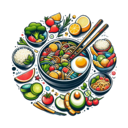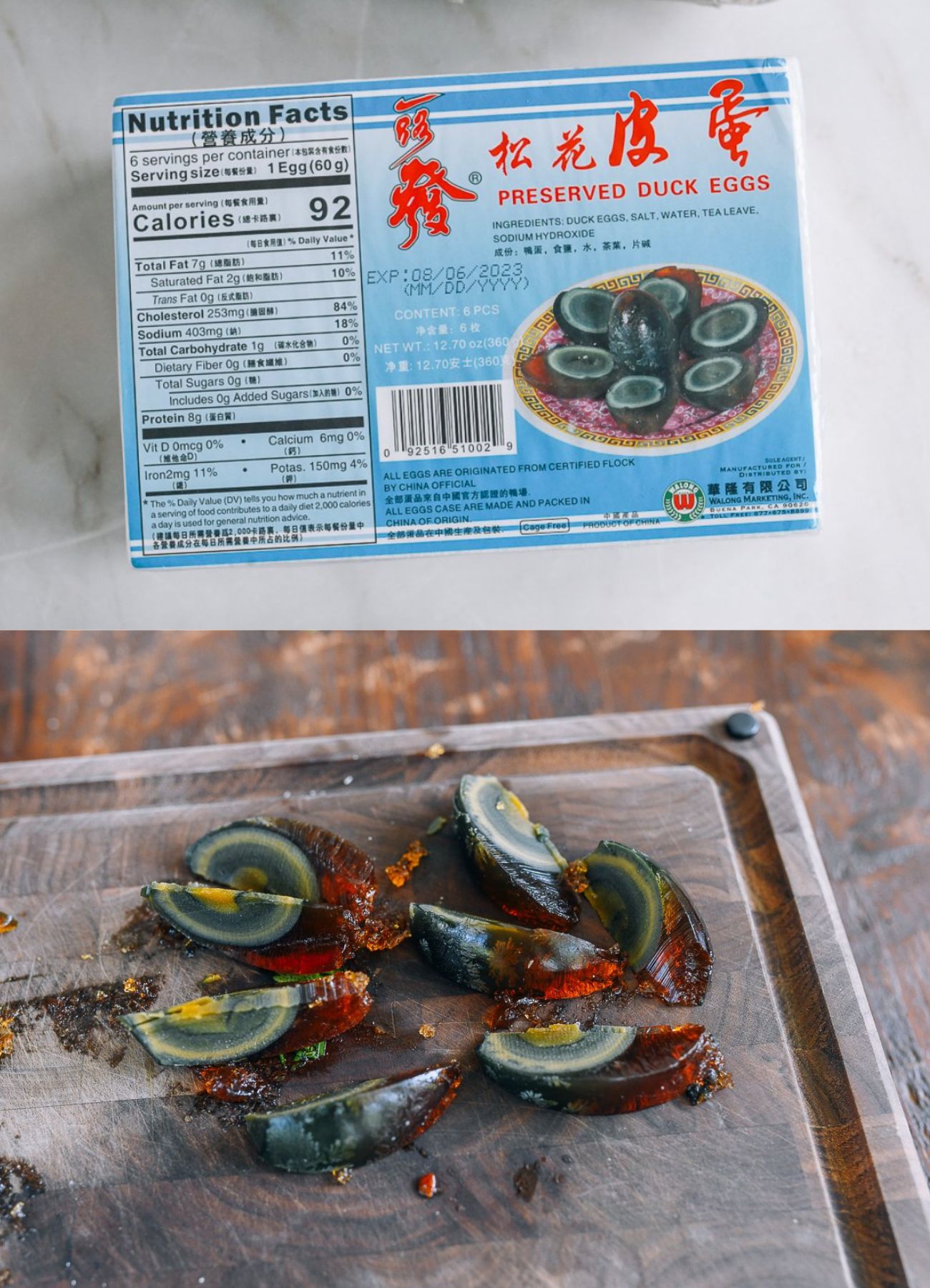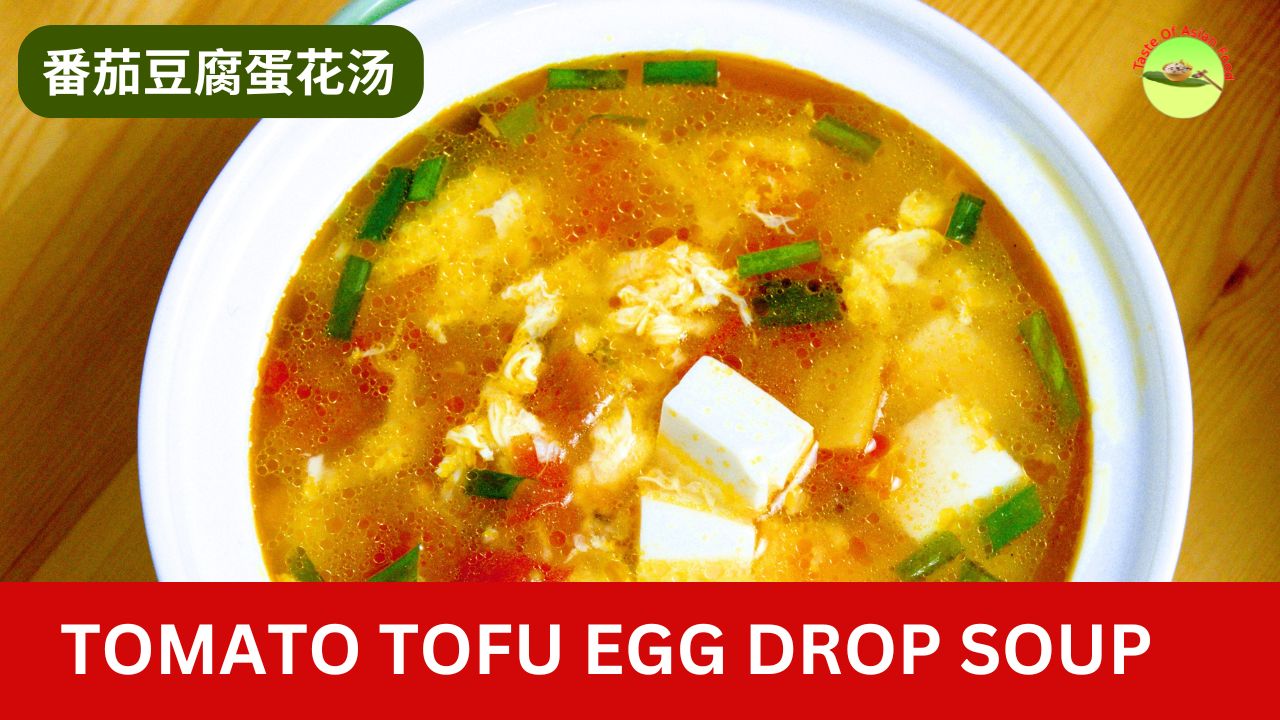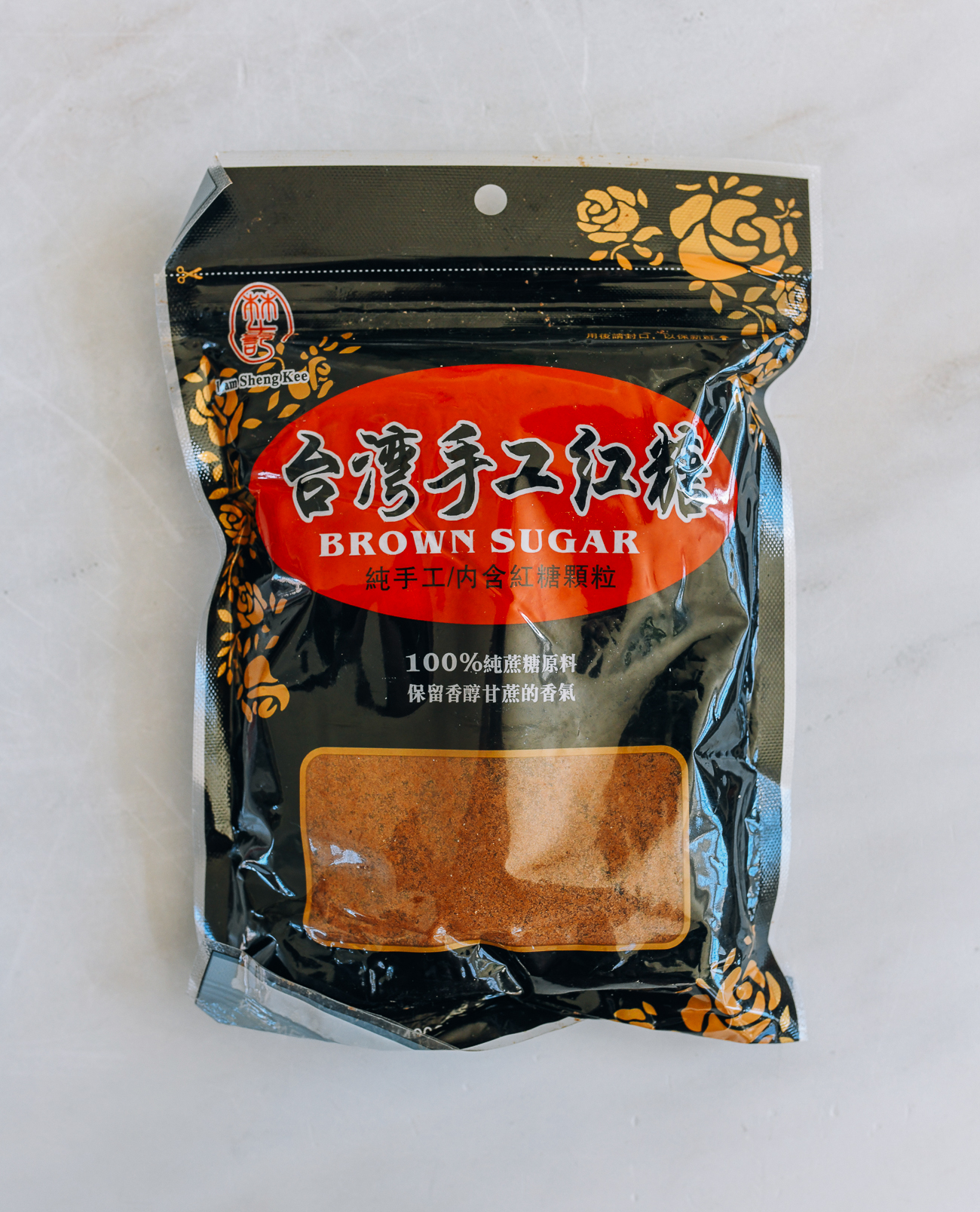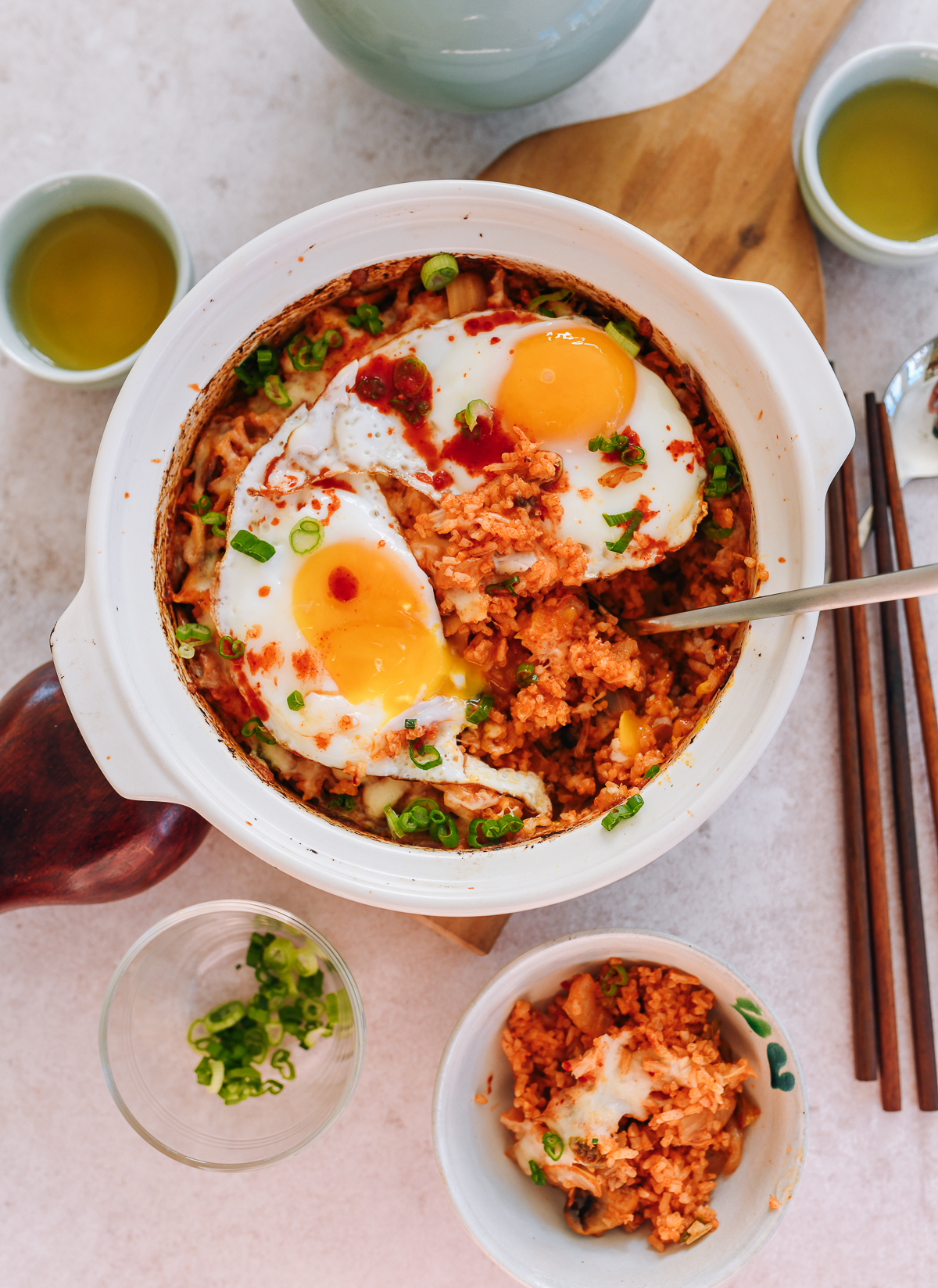Century eggs, also referred to as preserved eggs, thousand-year-old eggs, or millennium eggs—known as pídàn in Mandarin and pei dan in Cantonese (皮蛋)—are a cherished delicacy in Chinese cuisine. Despite their unusual name, they play a vital role in various traditional dishes.
What Are Century Eggs?
Century eggs are duck, chicken, or quail eggs that have been preserved in a mixture of clay, ash, salt, quicklime, and rice husks. Contrary to what their name suggests, they are not preserved for a century or a thousand years; the process typically takes just a few weeks to several months.
The egg white transforms into a dark, translucent amber or brown jelly with a firm texture, while the yolk becomes a deep greenish-gray with a soft, creamy center that can occasionally be slightly runny at its core.
Fresh century eggs are wrapped in their preservation mixture and need to be unwrapped and rinsed before use. In modern markets, they are often sold pre-cleaned and individually wrapped in plastic, making them ready for consumption. While they can be cooked further, they can also be enjoyed as they are.


Century eggs have:
- A rich, complex umami flavor with mineral notes. The taste is eggy and rich, yet more robust than a standard hard-boiled egg.
- A gelatinous egg white texture and a creamy yolk.
- A distinctive aroma reminiscent of ammonia, a result of the alkaline preservation ingredients; however, this should not deter you!
These eggs often receive a bad reputation. They were featured in an episode of Fear Factor as a food challenge in the early 2000s, which left quite an impression. Recently, we watched I’ll Have What Phil’s Having, where they were again not portrayed positively, even by the Chinese American/Canadian guests. They enjoyed the eggs in a traditional Cantonese style, served with pickled ginger. This dish reminded Bill of childhood banquets featuring century eggs and pickled ginger.
We consider that an “advanced” way to enjoy them. If you’re new to century eggs, diving in headfirst may not be the best approach. Instead, we encourage you to explore their use in other dishes!
How to Use Century Eggs
To prepare century eggs, simply remove any packaging and carefully peel off the shell. The preservation process makes the shell easier to remove compared to fresh eggs. Rinse them, then chop or slice them for your dish!
The cleanest method to cut through a century egg is by using unflavored dental floss or cotton thread, as the yolk is very creamy and can get messy with a knife.

Here are our favorite ways to use century eggs:
- Congee: A classic use for century eggs is in congee, where they add rich flavor and texture. If you’re new to century eggs, chop them into small pieces for a balanced taste in each bite.
- Cold Appetizers: Slice century eggs and serve them with silken tofu and a spicy dressing for a delightful cold appetizer. The robust flavor of the dressing complements the bland tofu and rich eggs beautifully.
- Stir-fries: Chopped century eggs can be added to quick stir-fries with vegetables. We particularly enjoy a Hunan-style stir-fry with spicy fried peppers. We’ll share that recipe soon! In the meantime, try our Smashed Chili with Century Eggs recipe.
- Steamed Dishes: Steam wedges of century egg with ground pork and preserved vegetables for a savory dish, or try our Three Color Steamed Eggs.




Where to Buy
Century eggs can be found in most Chinese or Asian grocery stores, typically in the refrigerated section or alongside other preserved foods. They are usually sold in packs of four to six, cleaned and individually wrapped in plastic. Look for eggs in sealed packages, and ensure there are no cracks or unusual odors. Always check the expiration date!

How to Store
Store unopened century eggs in a cool, dry place away from direct sunlight. Refrigeration is also an option. If you notice any mold, discard them immediately.
When stored properly, century eggs can last several months. Refrigeration can extend their shelf life, although the texture may become slightly firmer.
